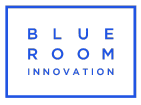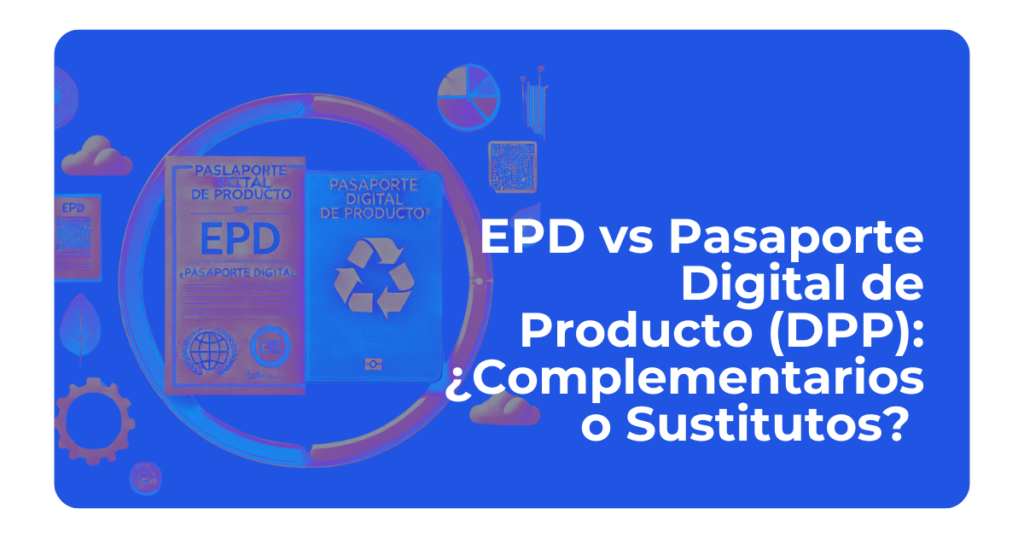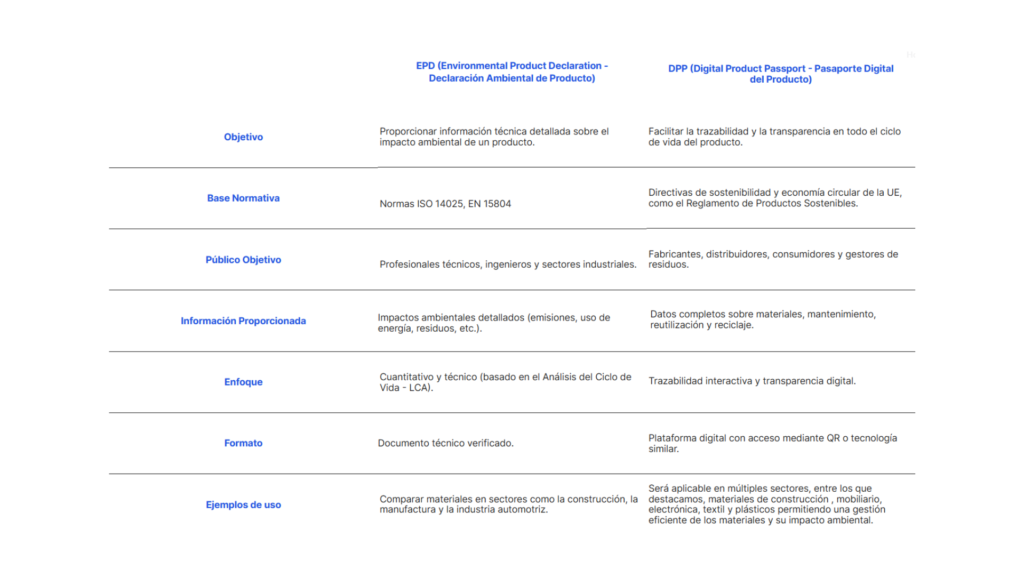

EPD vs Digital Product Passport (DPP): Complementary or Substitutes?
Recently, we have been asked an interesting question: "Si ya contamos con Declaraciones Ambientales de Producto (EPD, Environmental Product Declaration), ¿es necesario implementar también un Pasaporte Digital de Producto (DPP)?" Although both instruments promote environmental sustainability, their objectives and functionalities are different. Having these sustainability objectives clear, will help you answer this question . 😊.
Environmental Product Declaration (EPD): Environmental Transparency
The Environmental Product Declaration (EPD) is a standardized and verified document that provides transparent information on a product's environmental impact and commitment to the environment. Based on ISO 14025 and supported by a Life Cycle Assessment (LCA), the EPD facilitates objective comparison between similar products, supporting sustainable purchasing decisions. It includes detailed data on CO₂ emissions, carbon footprint, resource consumption and other environmental indicators, helping companies comply with regulations and enhance their reputation for environmental responsibility.
Digital Product Passport (DPP): An Integral Vision
The Digital Product Passport is a European Union initiative aimed at promoting the circular economy. Regulated by the Ecodesign for Sustainable Products Regulation (ESPR), the DPP seeks to improve the traceability and reuse of materials, efficiently managing the product life cycle and providing accessible information to consumers and regulators. In addition to environmental impact, the DPP shows data on:
- Product composition and materials.
- Repairability and recyclability.
- Traceability in the supply chain.
- Other relevant information on circularity and environmental sustainability.
PDD or Digital Product Passport - are they substitutes?
Having an EPD does not replace the upcoming need for a Digital Product Passport in certain sectors. While the EPD provides valuable data on environmental impact, it does not cover key aspects such as product reparability and circularity, which are fundamental to the transition to a circular economy and a green economy. In fact, the information contained in an EPD can be integrated into the DPP, allowing companies to align their environmental data with emerging regulations and market expectations.
Integration of Environmental Product Declaration (EPD) in the digital environment
An Environmental Product Declaration, EPD, is traditionally published as a verified PDF, although there are initiatives that allow data to be recorded in digital databases or national databases for easy access. In contrast, the EPD is a dynamic digital record, accessible via a URL, QR code or NFC chip, which stores and manages data in an online database. In order to be integrated, key EPD data (environmental impact, carbon footprint, material use) can be extracted and structured in a DPP-compatible database. In addition, the EPD can contain a link to the official Environmental Product Declaration to support its environmental data. Product ePassports must also have a backup copy, which must be available from an independent third party product ePassport service provider. In addition, the Commission will in the future set up a web portal where access will be given to consult DPPS data.
Complementarity is Essential
Companies seeking to lead in sustainability and compliance should consider both EPD and DPP as complementary tools.
While the EPD ensures environmental transparency with verifiable data, the DPP expands the information, incorporating aspects of traceability, circularity, recycling and reuse.
With the implementation of regulations such as the EU Green Claims Directive scheduled for 2026, companies will have to back up their environmental claims with verifiable data, such as that provided by EPDs.
Therefore, adopting both approaches is the optimal strategy for managing products sustainably in a circular economy.
Your EPD data: the perfect starting point for your Digital Passport
One of the main challenges in creating a Digital Product Passport is the dispersion or unavailability of data.However, companies that already have Environmental Product Declarations have a significant advantage: they have structured and standardized their sustainability data.
If your company already has EPDs in place, you have a solid foundation to start developing your Digital Product Passport. Leveraging this information, you can efficiently integrate environmental data into a digital system that facilitates traceability, circularity and regulatory compliance.
| EPD (Environmental Product Declaration) |
DPP (Digital Product Passport)
Objective
Provide detailed technical information on the environmental impact of a product. |
Facilitate traceability and transparency throughout the product life cycle. |
Regulatory basis
Standards ISO 14025, EN 15804 |
EU sustainability and circular economy directives, such as the Sustainable Products Regulation. |
Target audience
Technical professionals, engineers and industrial sectors. |
Manufacturers, distributors, consumers and waste managers. |
Information provided
Detailed environmental impacts (emissions, energy use, waste, etc.).
|
Approach
Quantitative and technical (based on Life Cycle Analysis - LCA). |
Interactive traceability and digital transparency. |
Format
Verified technical document.
Digital platform with access through QR or similar technology. |
Examples of use
Compare materials in sectors such as construction, manufacturing and automotive. |
It will be applicable in multiple sectors, among which we highlight construction materials, furniture, electronics, textiles and plastics, allowing an efficient management of materials and their environmental impact. |

At Blue Room Innovation, we are ready to help you take this step towards digitalization and sustainability. Are you ready to get started? 🚀
Products
Digital Product Passport
Descentralized platforms
Descentralized Identity
Verificable Credentials
About us
Team
Methodology
Our Mission
Connect
Cristòfol Grober 4, local 35
17001 - Girona
info@blueroominnovation.com
Follow us
Copyright © 2024 Blue Room Innovation Privacy Policy - Legal Warning - Cookies Policy